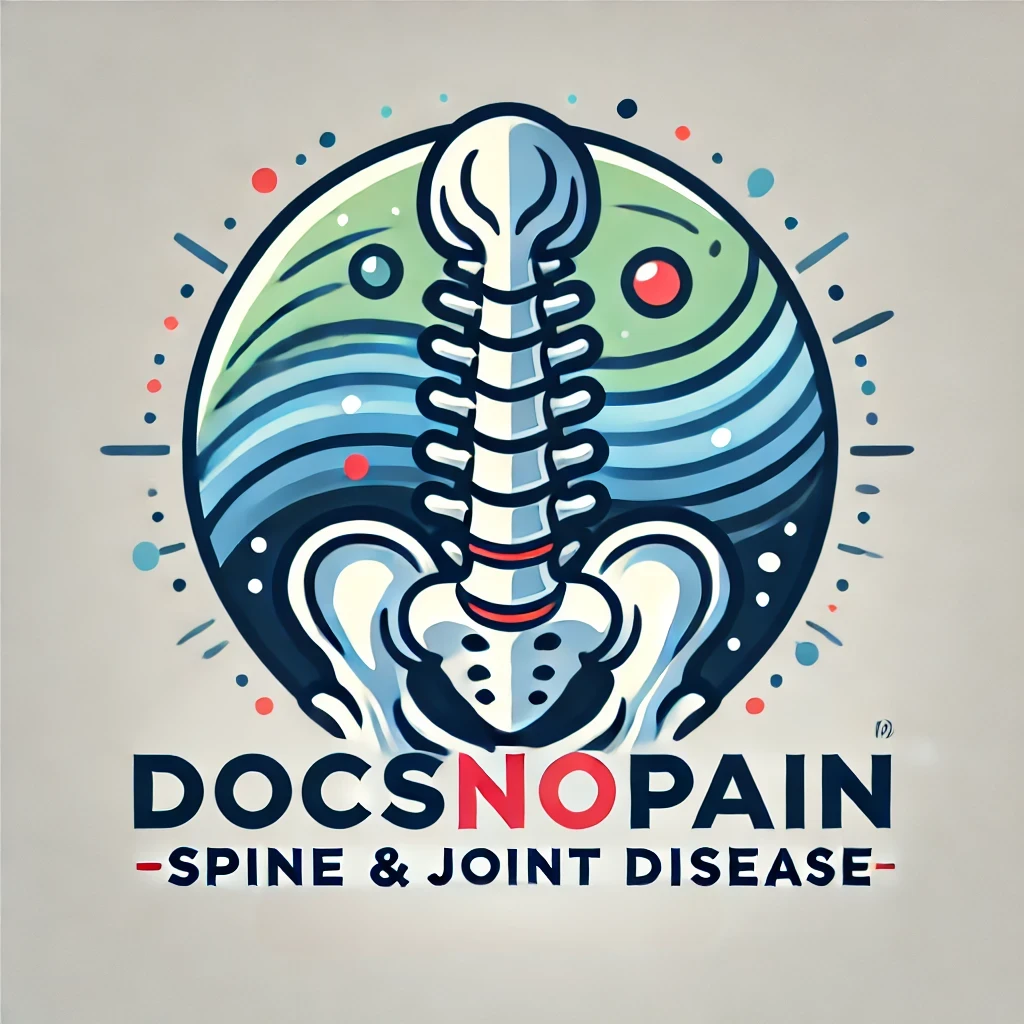
Bulging Disc vs. Herniated Disc
The terms bulging, and herniated disc are often used interchangeably; however, many do not realize there are actually distinct differences between the two. While both impact the lumbar discs in our spine, bulging and herniated discs are not exactly the same.
Here’s an overview of the key differences and similarities to help you better understand your condition and how you can address it.
Before we discuss a bulging lumbar disc versus a herniated lumbar disc, it’s important to understand basic spine anatomy and the role our discs play in protecting the spinal cord. Our discs serve as cushions between the vertebrae (the bones) in the lumbar spine, protecting the spinal cord and nerves and acting as shock absorbers. Each disc has a soft, gel-like inner core called the nucleus pulposus and a thicker outer layer called the annulus fibrosus.
As we age, the discs in the lumbar spine naturally begin to dehydrate and stiffen, slowly showing signs of wear and tear—which is where bulging and herniated discs can come into play. Degenerative disc disease (DDD) is the most common cause of both bulging and herniated discs; however, they can also be caused by prolonged poor posture, excessive strain from heavy lifting, traumatic events resulting in injury, and certain hereditary conditions.
Either a bulging or herniated disc may result in compression of the spinal nerves. This compression can cause painful symptoms like leg pain (sciatica), tingling and numbness, and foot drop. Both bulging and herniated lumbar discs can also be present without causing pain or recognizable symptoms, which is dependent on the degree of degeneration and nerve compression.
Now that you have a better idea of how the discs function, let’s take a look at bulging lumbar discs and how they differ from herniated lumbar discs.
What is a Bulging Disc?
Sometimes referred to as disc prolapse, a bulging lumbar disc occurs when the soft inner nucleus pushes the annulus and “bulges” into the spinal canal but remains contained within the annulus. Despite the thick outer layer (annulus) of the disc remaining intact, this protrusion can cause some level of nerve compression. With that being said, disc bulges many times are part of the aging process of the spine and don’t always cause symptoms.
There are a few types of bulging lumbar discs that differ based on how much of the disc is affected. Asymmetric disc bulges typically impact 25-50 percent of the disc’s circumference. Additionally, a disc bulge is considered asymmetrical when it’s more severe on one side of the lumbar disc than the other.
The other type is a symmetric (or “circumferential”) disc bulge, which extends around the entire circumference of the lumbar disc. Symmetrical disc bulges occur when the right and left sides of the disc mirror each other. Regardless of whether the bulge is symmetric or asymmetric, it may be a sign that you’re in the early stages of degenerative disc disease.

What is a Herniated Disc?
Herniated lumbar discs, which are also referred to as slipped or ruptured discs, occur when a tear in the outer layer (annulus) allows a piece of the gel-like core to protrude out of the disc (beyond the annulus) and commonly causes nerve compression. Disc fragments can also break off in a process called sequestration, compressing the spinal nerves and often causing painful symptoms.
Essentially, a bulging lumbar disc occurs during the earlier stages of degeneration, before herniation and sequestration transpire. In many cases, a bulging lumbar disc progresses into a herniated lumbar disc over time as degeneration becomes more advanced. The herniation can also occur from a traumatic event like a car crash, or by an overload like lifting heavy objects in an awkward position. While disc bulges often do not require treatment, herniated discs may need nonsurgical or surgical intervention for pain relief.

